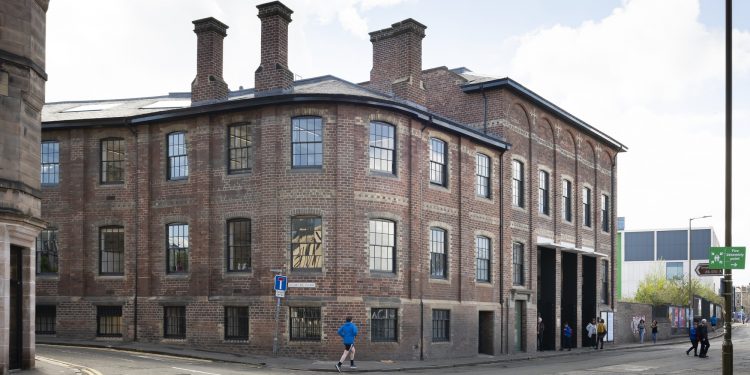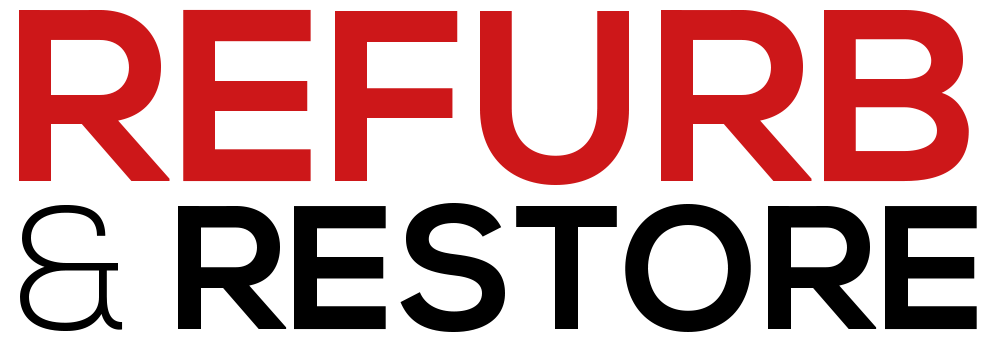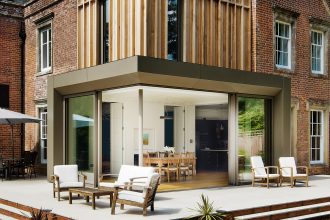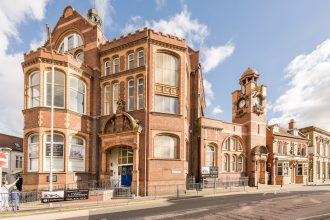Edinburgh Printmakers – Page \ Park Architects

The Edinburgh Printmakers new creative hub is located within what once was the headquarters of the North British Rubber Company (NBRC). Our project involved the redevelopment of this derelict building into a multi-use arts complex centred around printmaking production.
Central to the architectural concept was to make precise interventions to facilitate new use while respecting the character and story of the existing building. The NBRC building is the only surviving structure from the once large and important nineteenth century Castle Mills industrial complex. At its height, NBRC employed over three thousand people and produced a vast array of rubber products on site, including the famous Hunter welly boot. During the First World War, 1,185,036 pairs of rubber boots were made for the army with the mills running 24 hours a day to keep up with demand.
The Printmakers’ brief included provision of two galleries, shop, café, education space, staff offices, environmentally controlled archives, eight creative industries units and a large print studio. New architectural elements are light of touch and stem from an understanding of the heritage. The bold new entrance onto Dundee Street provides a public face for Edinburgh Printmakers offering views from the street directly in to the galleries, reception and shop. The new extension to the rear subtly shifts the centre of gravity of the building to create a central courtyard around which all building users can meet and interact. The courtyard also addresses the broader redevelopment of the surrounding site and becomes one of a series of public spaces creating pedestrian routes from the canal to Dundee Street.
The print studio sits at first floor level in the expansive triple height former joinery workshop. Fabric repair works were carried out as necessary, but the patina of one hundred and fifty years of occupation was maintained. Historic joist pockets within the raw brick walls are retained, the original muscular cast iron structure and timber trusses are left exposed, and marks of previous interior paint colours are left untouched. Our approach was not to white wash away the many stories of this space, but instead allow a new layer of occupation to add to the ongoing narrative of this place.
Where original fabric was no longer required it was repurposed. Old glazed bricks found behind layers of plaster in the basement were re-used to make the servery counter. Large timber doors were re-imagined as tables in the café. Bespoke shop fittings were crafted using plywood, steel and rubber in a nod to the industrial heritage
In collaboration with visual artist Calum Colvin, Page \ Park designed one of the permanent artwork commissions in the building. The EPscope is a fantastic synthesis of periscope and kaleidoscope providing a view from the public café into the print studio above overlaid with images of products made by the rubber company. These objects refract and collide to create an infinity of patterns that are at once obtuse and accurate, like a memory.
Images: Jim Stephenson www.clickclickjim.com


